By George F. Black, as told to Howard Dunbar
On March 19, 1945, the Essex-class carrier USS Franklin (CV-13), dubbed “Big Ben,” lay 50 miles off Honshu, one of Japan’s Home Islands. From her decks warplanes were taking off to attack targets on shore. In response, a lone Japanese plane attacked the Franklin with two bombs with deadly accuracy.
Hundreds of men aboard the carrier lost their lives (921 to be exact, and 254 wounded) in the ensuing explosions and fire, but through the heroic efforts of surviving members of her crew, she was kept afloat, earning the title “The Ship That Wouldn’t Die.” Two officers—Lieutenant Commander Joseph T. O’Callahan, one of the ship’s chaplains, and Lieutenant (j.g) Donald Gary—were awarded the Medal of Honor for their heroic efforts to save fellow crewmembers.
One of the crewmen forced to abandon ship was Radioman 3rd Class George Fain Black. This is his story.
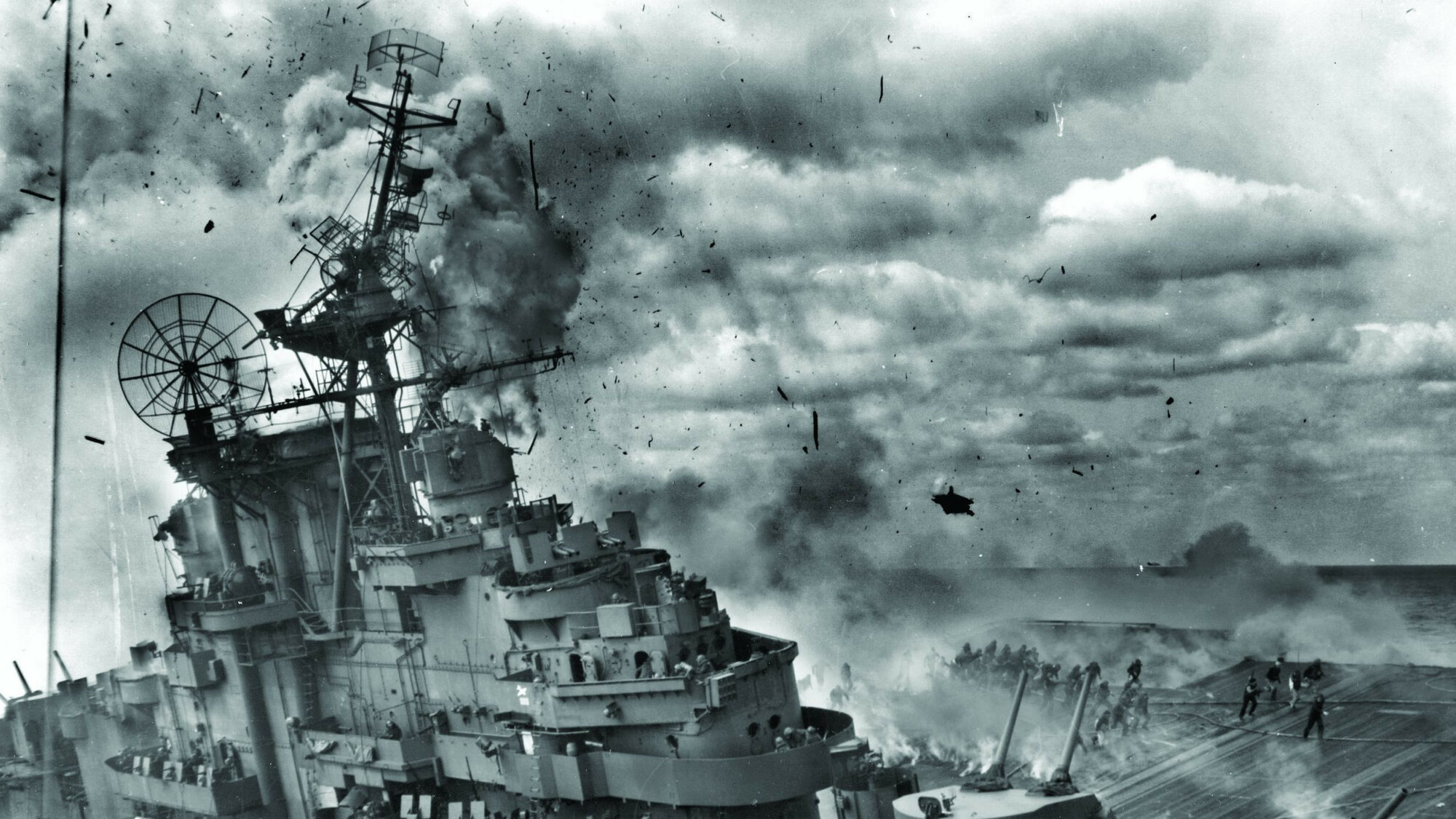
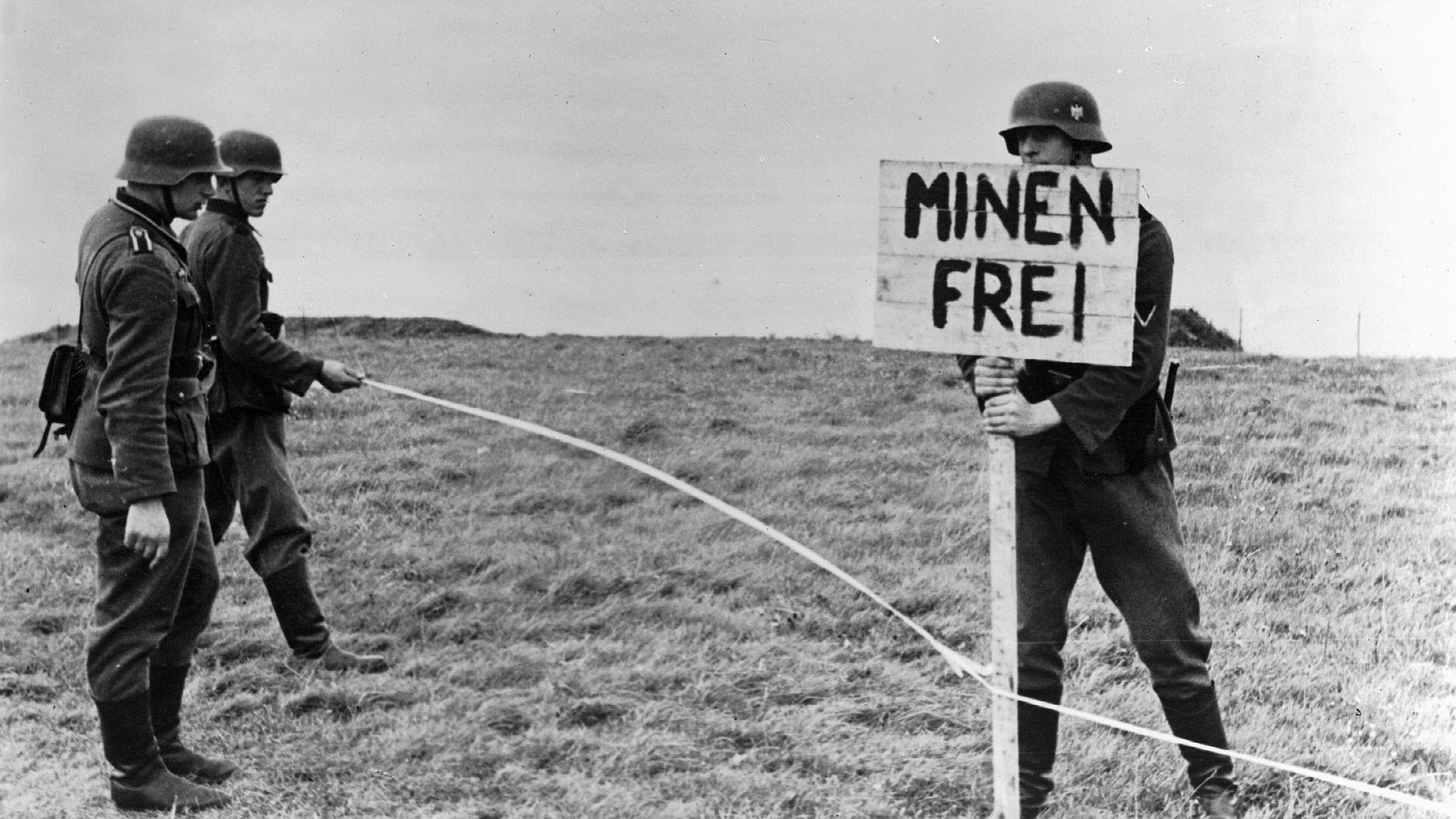
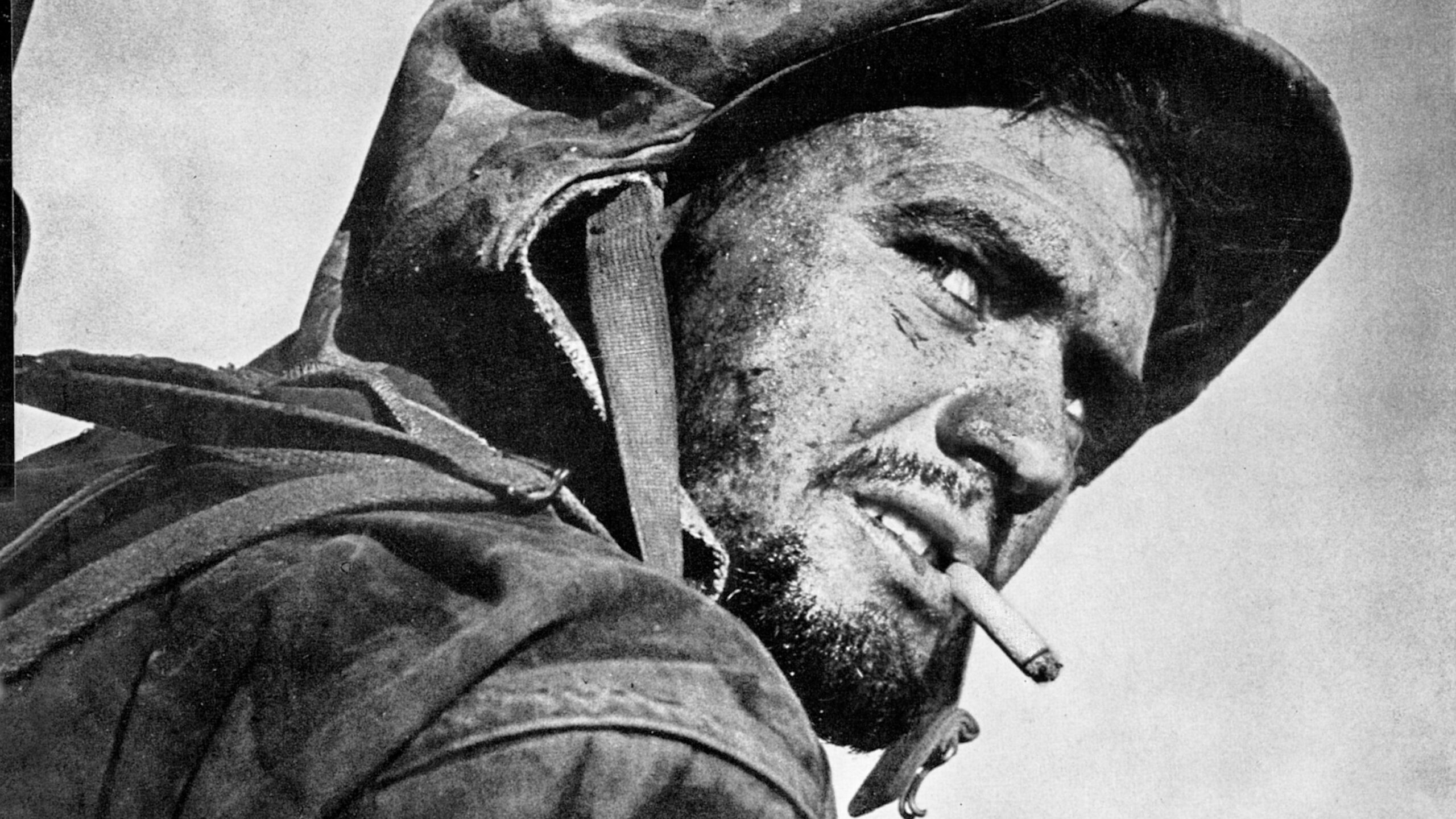
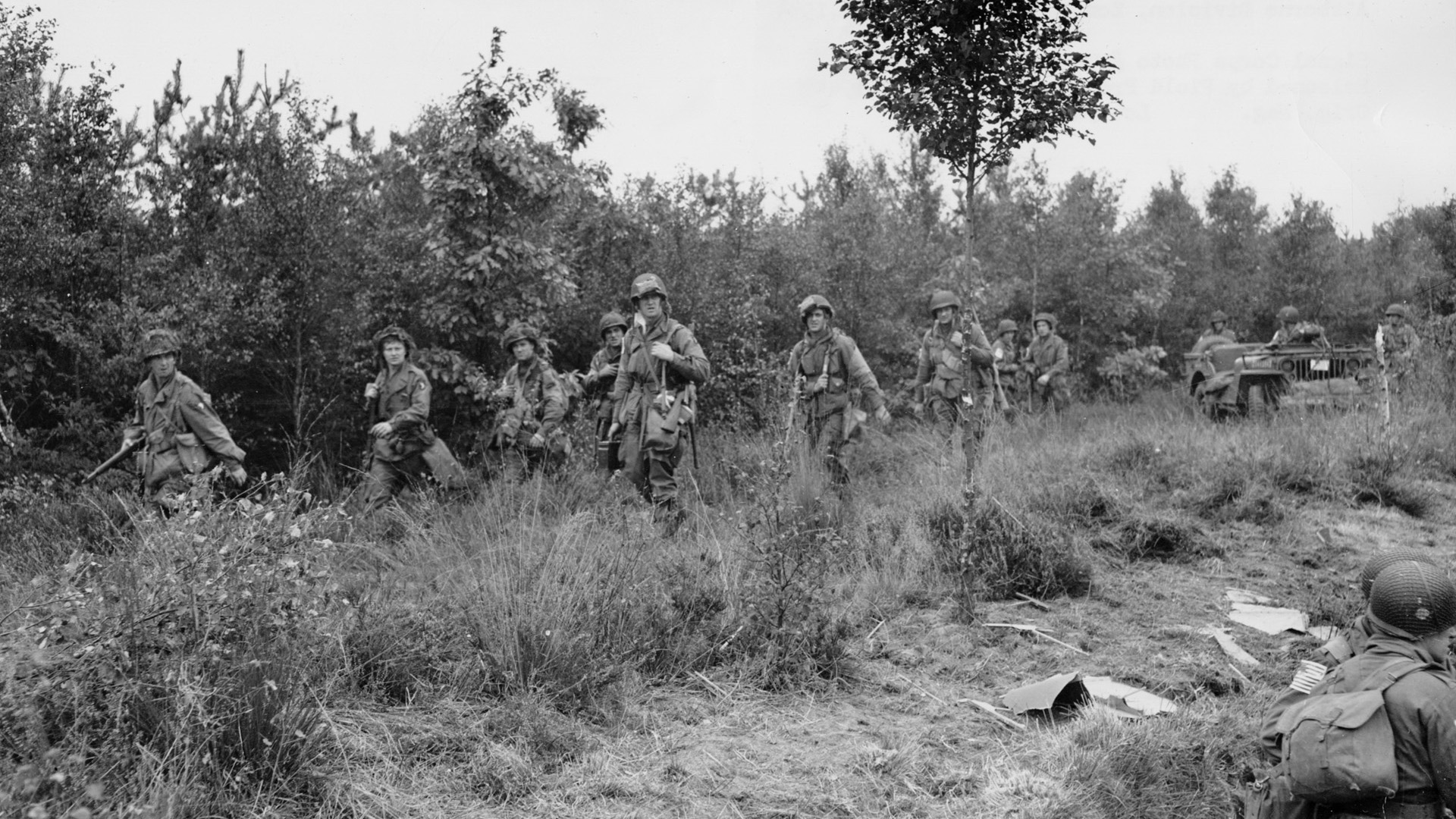
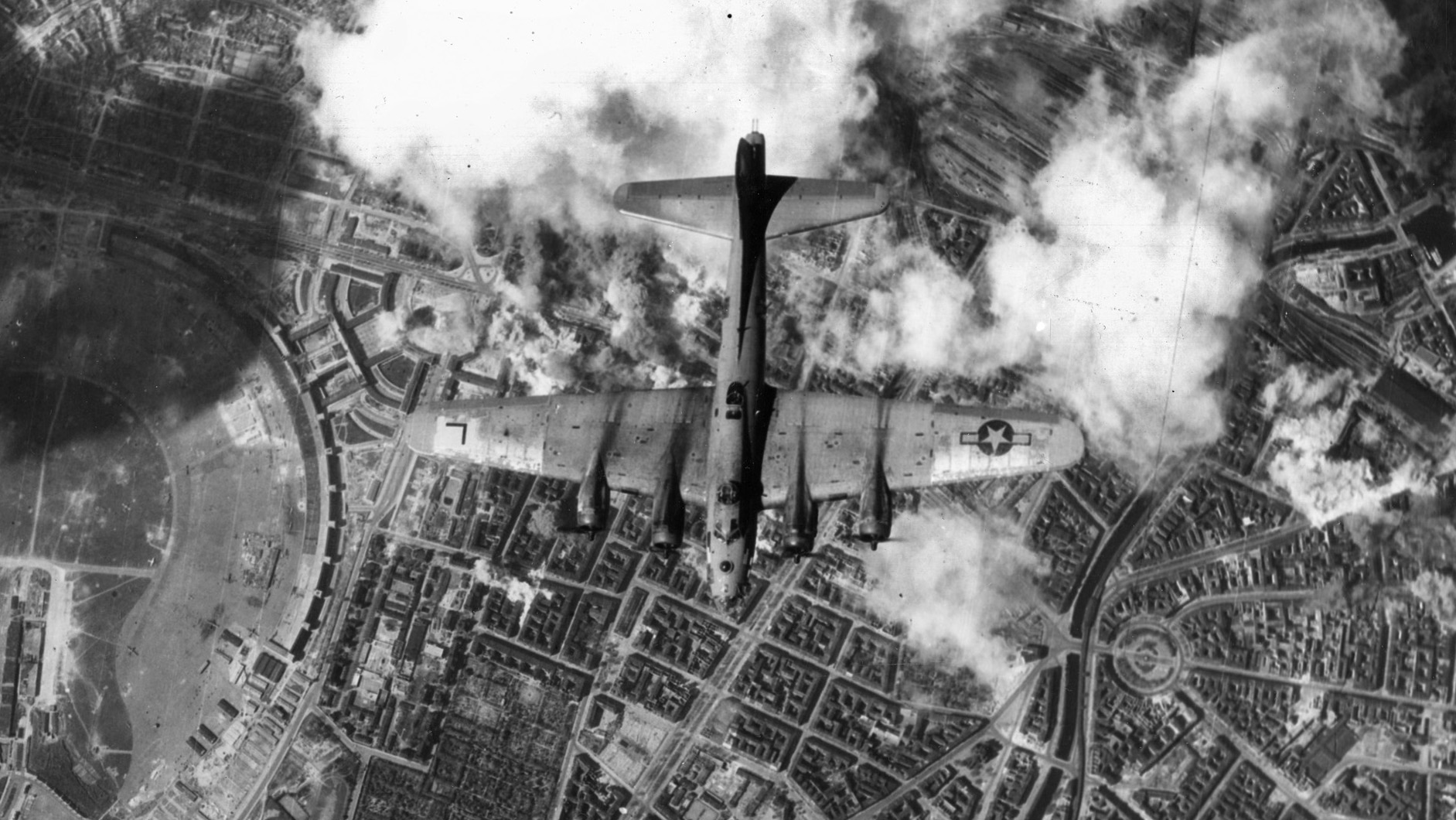
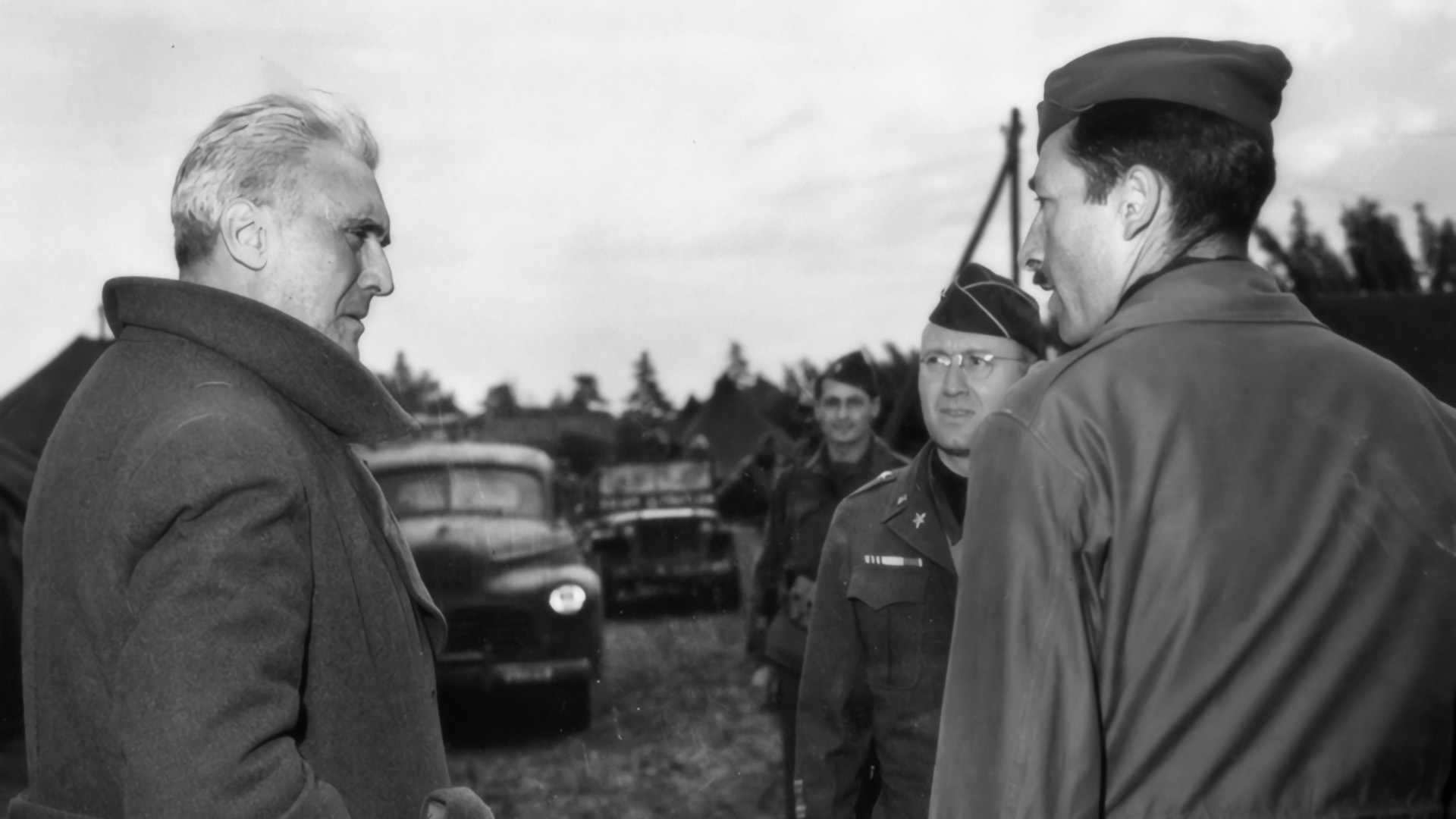
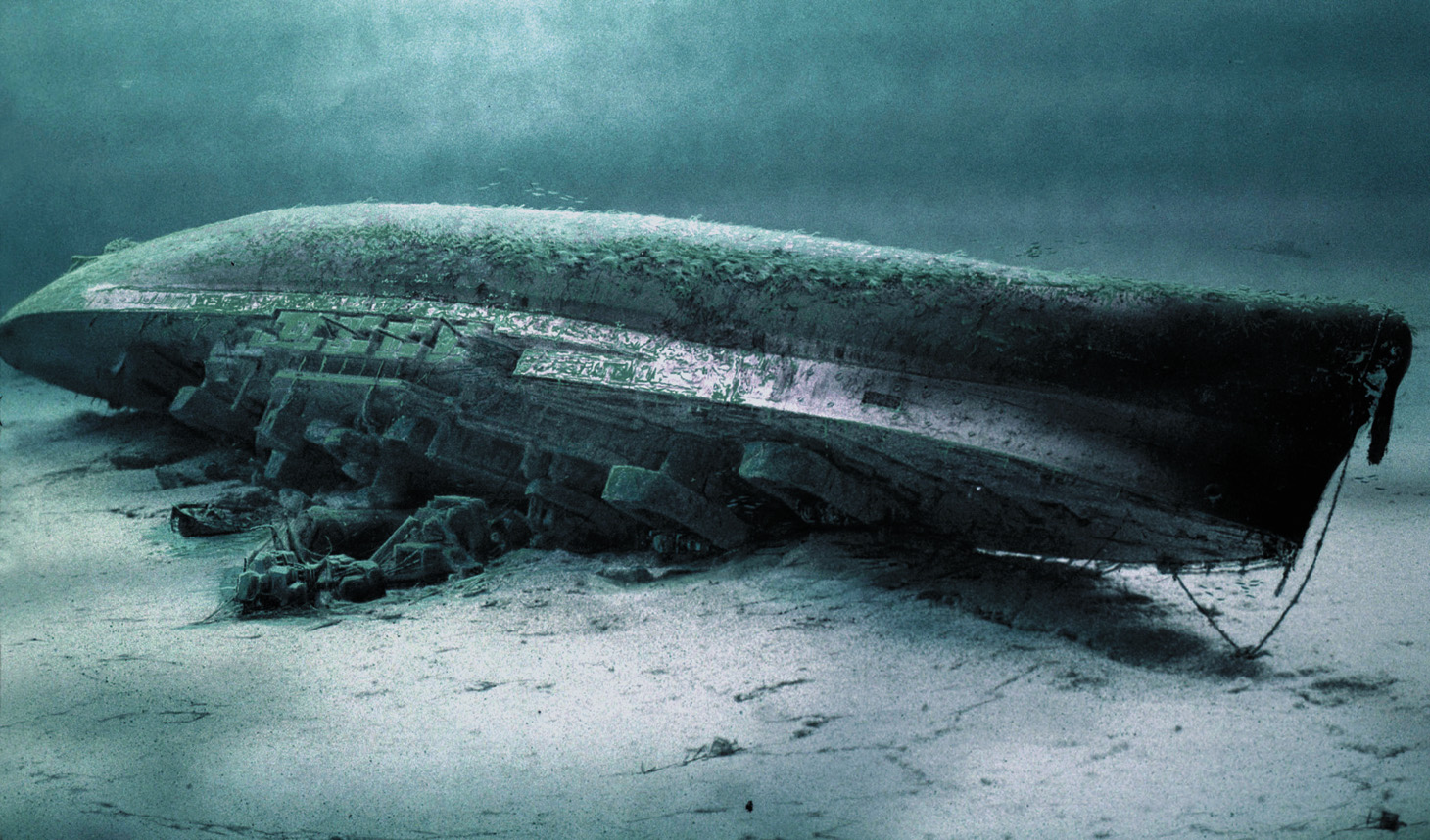

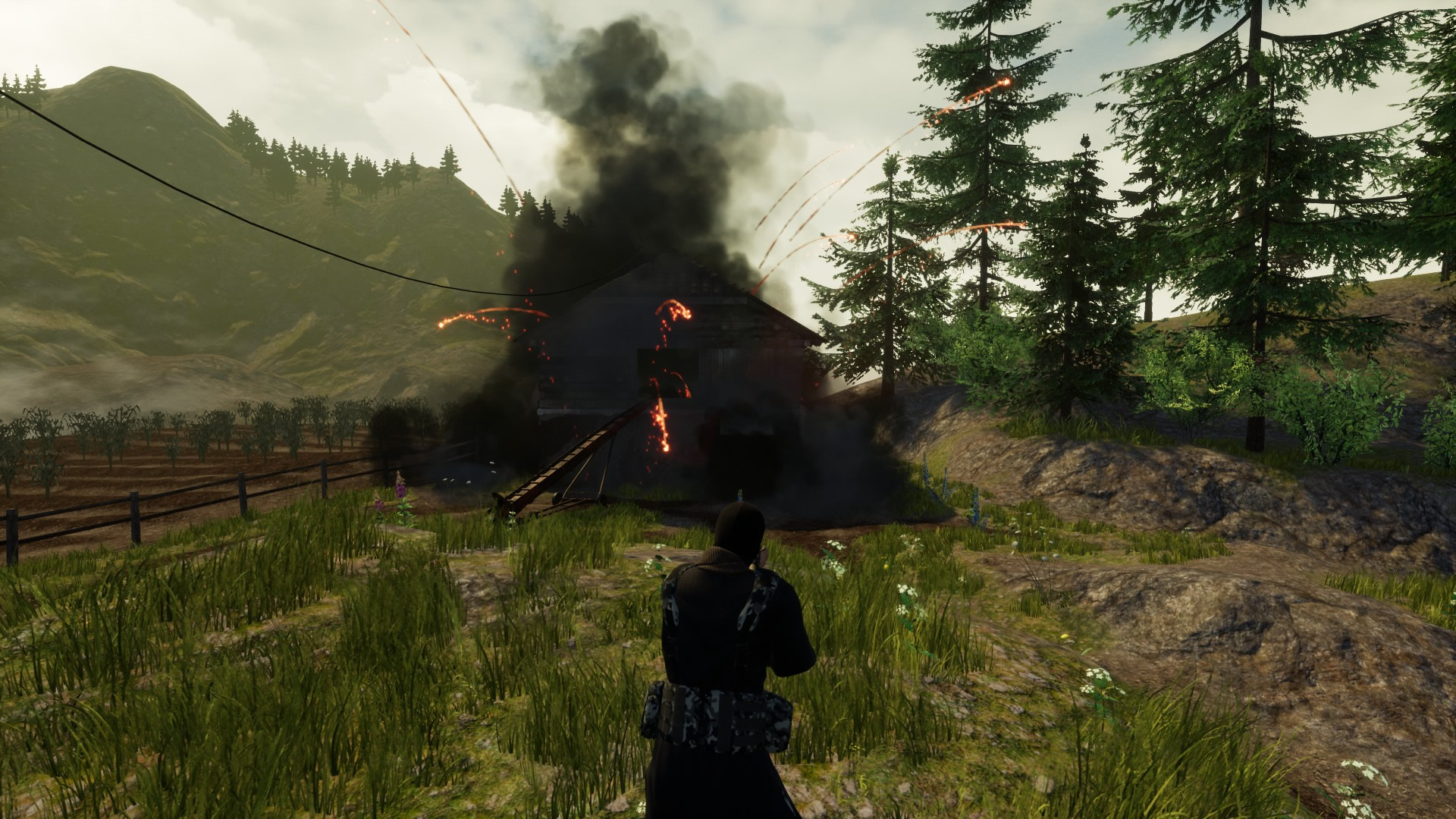
Join The Conversation
Comments